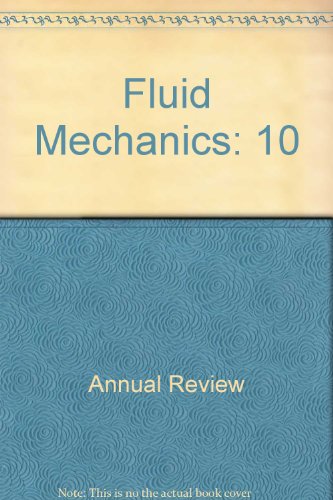表面重力-毛细管波湍流实验
IF 30.2
1区 工程技术
Q1 MECHANICS
引用次数: 41
摘要
在过去的十年中,致力于波浪湍流的研究数量显著增加。许多人处理水波,因为海浪的建模历史上推动了弱湍流理论的发展,它解决了相互作用中弱非线性波的随机集合的动力学。最近的实验进展表明,这种理论图景过于理想化,无法捕捉到实验观察结果。虽然重力在海洋光谱中占主导地位,但由于波盆的大小有限,在实验室中观察到的波实际上是重力毛细管波。这种丰富的物理现象引起了许多远远超出理论框架的交错物理效应,特别是在重力-毛细交叉附近。这些包括耗散、有限系统尺寸效应和有限非线性效应。现在可用的同时空间和时间分辨技术为对这些效应进行更高级的分析开辟了道路。预计流体力学年度评论的最终在线出版日期,第54卷是2022年1月。修订后的估计数请参阅http://www.annualreviews.org/page/journal/pubdates。本文章由计算机程序翻译,如有差异,请以英文原文为准。
Experiments in Surface Gravity–Capillary Wave Turbulence
The last decade has seen a significant increase in the number of studies devoted to wave turbulence. Many deal with water waves, as modeling of ocean waves has historically motivated the development of weak turbulence theory, which addresses the dynamics of a random ensemble of weakly nonlinear waves in interaction. Recent advances in experiments have shown that this theoretical picture is too idealized to capture experimental observations. While gravity dominates much of the oceanic spectrum, waves observed in the laboratory are in fact gravity–capillary waves, due to the restricted size of wave basins. This richer physics induces many interleaved physical effects far beyond the theoretical framework, notably in the vicinity of the gravity–capillary crossover. These include dissipation, finite–system size effects, and finite nonlinearity effects. Simultaneous space-and-time-resolved techniques, now available, open the way for a much more advanced analysis of these effects. Expected final online publication date for the Annual Review of Fluid Mechanics, Volume 54 is January 2022. Please see http://www.annualreviews.org/page/journal/pubdates for revised estimates.
求助全文
通过发布文献求助,成功后即可免费获取论文全文。
去求助
来源期刊
CiteScore
54.00
自引率
0.40%
发文量
43
期刊介绍:
The Annual Review of Fluid Mechanics is a longstanding publication dating back to 1969 that explores noteworthy advancements in the field of fluid mechanics. Its comprehensive coverage includes various topics such as the historical and foundational aspects of fluid mechanics, non-newtonian fluids and rheology, both incompressible and compressible fluids, plasma flow, flow stability, multi-phase flows, heat and species transport, fluid flow control, combustion, turbulence, shock waves, and explosions.
Recently, an important development has occurred for this journal. It has transitioned from a gated access model to an open access platform through Annual Reviews' innovative Subscribe to Open program. Consequently, all articles published in the current volume are now freely accessible to the public under a Creative Commons Attribution (CC BY) license.
This new approach not only ensures broader dissemination of research in fluid mechanics but also fosters a more inclusive and collaborative scientific community.

 求助内容:
求助内容: 应助结果提醒方式:
应助结果提醒方式:


